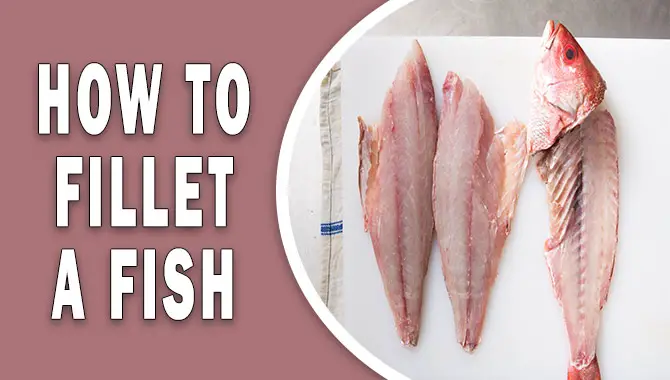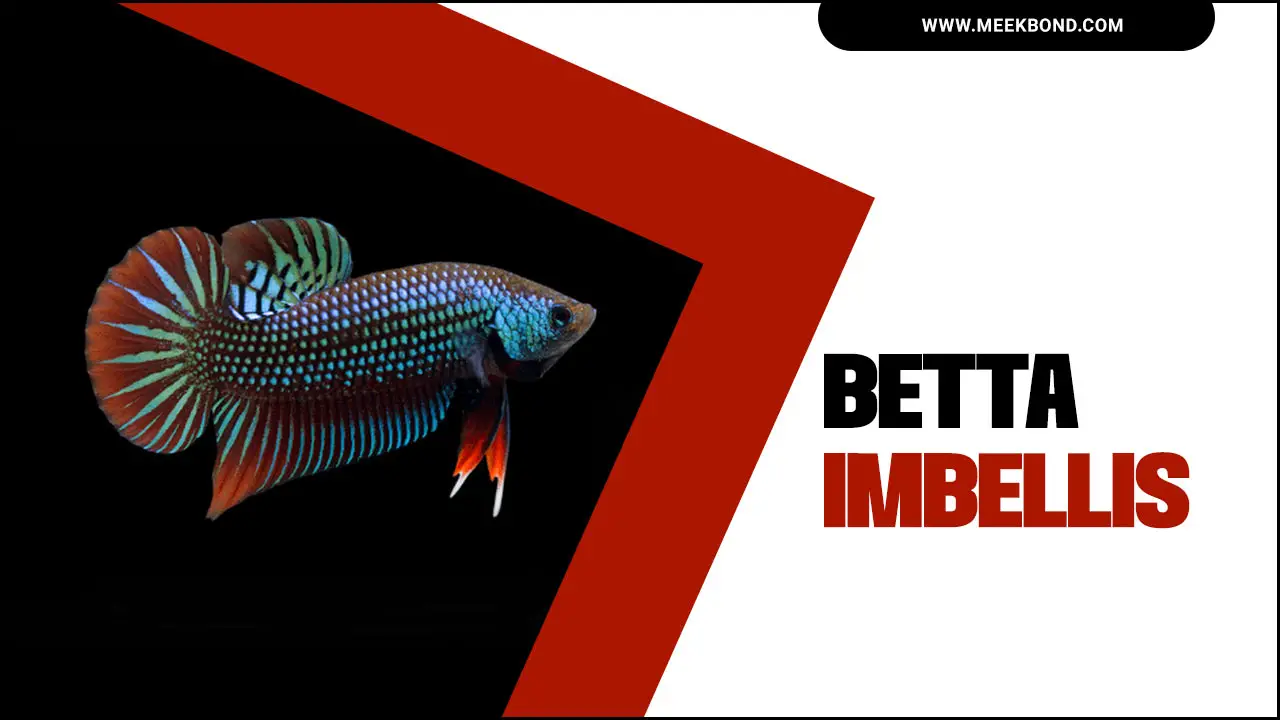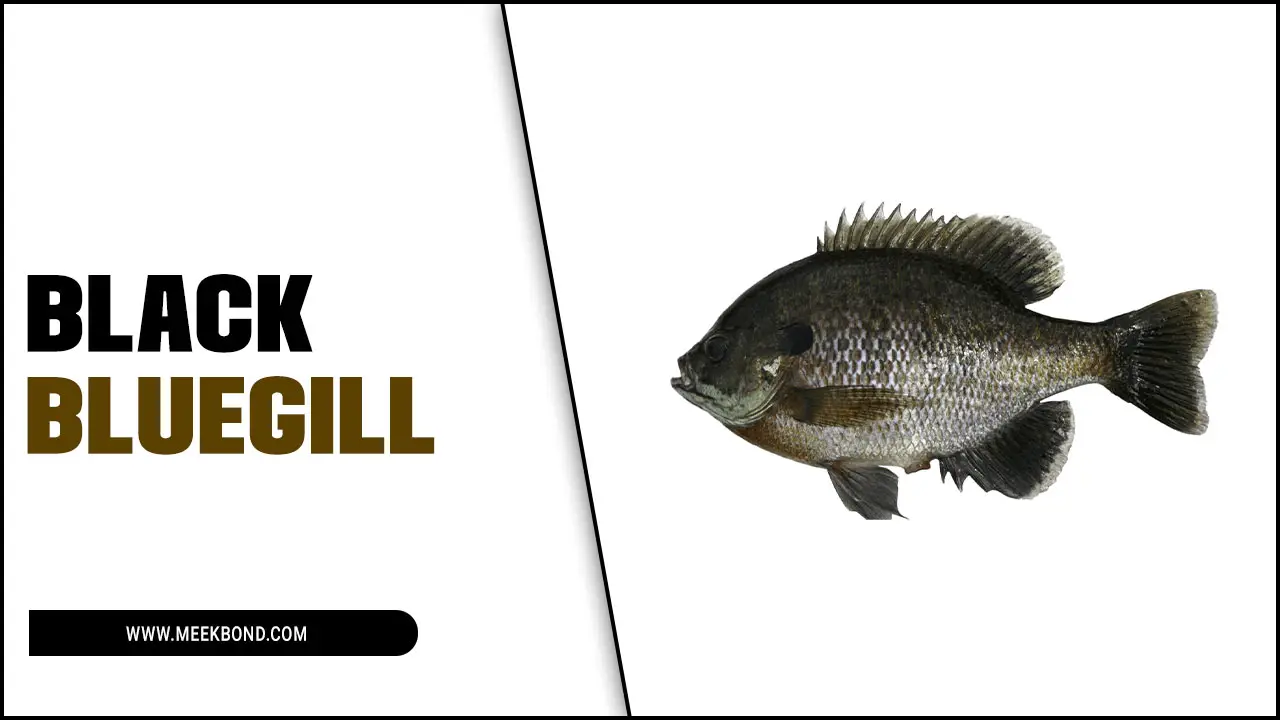The Trout Goodeid is a rare species of livebearer fish that inhabits areas in both Mexico and the United States. Due to its unique breeding habits, this species requires conservation efforts to preserve its natural habitat.
To help protect this species, individuals can make contributions towards conservation initiatives. These efforts can include supporting organizations that protect the species’ habitats and advocating for stricter regulations on activities that may harm the Trout-Goodeid’s ecosystem.
Here we’ll be going to introduce with Trout-Goodeid fish. We’ll cover everything from its physical attributes to its habitat, diet, and even breeding patterns. So sit back, relax and let’s dive into the world of Trout-Goodeids.
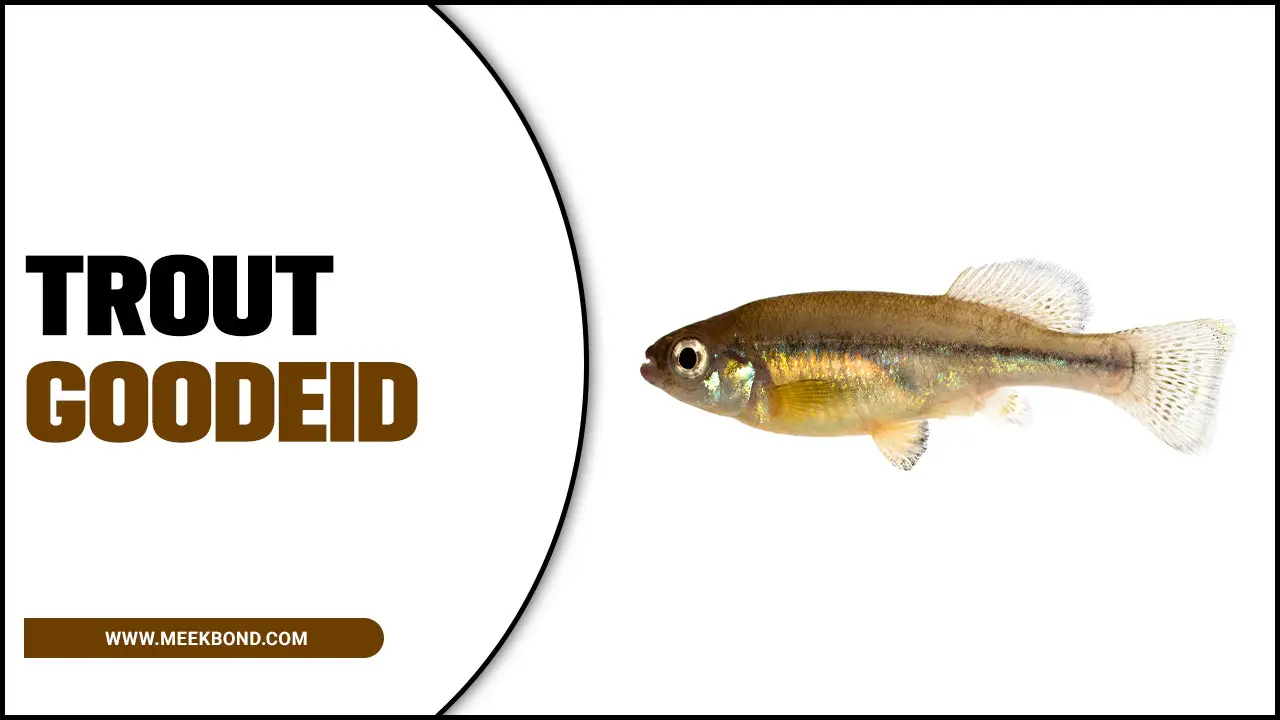
Trout Goodeid: Facts And Interesting Information
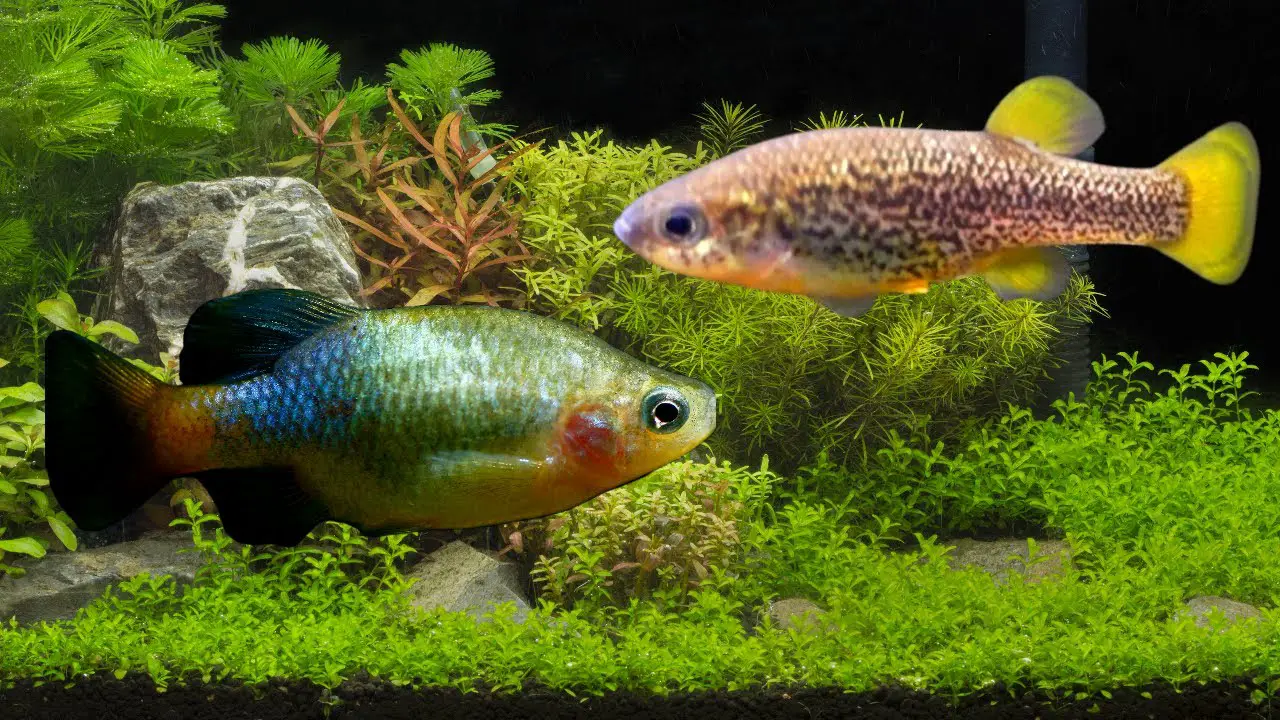
Trout Goodeids are a rare species of livebearer fish indigenous to Mexico. These fish are highly sought after for their distinctive coloring and energetic behavior. However, conservation programs are essential to preserve these unique creatures due to their endangered status in the wild.
These programs play a crucial role in protecting Trout-Goodeids by breeding them and releasing them back into their natural habitat. Conservation efforts help maintain genetic diversity and population numbers, ensuring that future generations can enjoy the beauty and wonder of these magnificent fish.
Trout-Goodeid- Description And Etymology
Trout-Goodeids, a species of fish known for their resilience, exist in Mexico. They were named after Dr James C. Goode, a colleague of Robert Rush Miller, who discovered this fish species . These fish are typically small and have distinguishing features such as their elongated body and bright coloration, making them popular among aquarists. Despite being hardy, Trout-Goodeids are threatened by habitat loss and pollution, emphasizing the importance of conservation efforts to protect this unique species.
Diet And Feeding Of Trout-Goodeid
Trout-Goodeid primarily consume small aquatic insects and crustaceans in their natural habitat. They can supplement their diet with commercial fish and live or frozen foods in captivity. It is important to provide them with a varied diet to ensure optimal nutrition and avoid overfeeding, which can lead to health issues. Monitoring their feeding habits and adjusting their diet accordingly promotes healthy growth and development.
Reproduction And Care Of Trout-Goodeid
Trout-Goodeid, a livebearer fish, reproduces sexually. Female Trout-Goodeids can give birth to 5-35 fry after a 4-6 week gestation period. Separate Fry from adults to prevent cannibalism and ensure proper growth. Keep Trout-Goodeid in at least groups of 6 as they prefer slightly alkaline water. Take special care when breeding and keeping them due to their endangered status.
Development
Trout-Goodeids are a unique species of livebearers that have evolved to store sperm packets for extended periods, leading to the birth of fully formed fry. The gestation period for these fish can last up to 8 weeks. Sadly, Trout-Goodeids face threats from habitat destruction and non-native fish competition, which puts their survival at risk. Conservation efforts and habitat protection are crucial in ensuring the survival of this remarkable species.
Trout-Goodeid- Habitat And Lifespan
Trout-Goodeid fish are popular for their striking appearance, with silver-colored bodies and dark blue fins. They are also active swimmers and prefer living in cool, clear waters with rocky substrates where they can hide in crevices.
While their lifespan averages around 3-4 years, they can live much longer under optimal conditions. Due to habitat loss and overfishing, Trout-Goodeid is considered a rare and endangered species, making conservation efforts critical for survival.
How Do Trout-Goodeids Reproduce?
Trout-Goodeids, a type of fish, have a unique method of reproduction where they give birth to live young instead of laying eggs. The males have modified anal fins called gonopodia to fertilize the female’s eggs internally. The gestation period lasts about 30-40 days, after which the fry are born fully developed and can swim and feed independently.
This type of reproduction is advantageous as it increases the survival rate of offspring compared to laying eggs, which are more vulnerable to predators and environmental factors. Moreover, this method also allows for genetic diversity within the population, as each offspring is genetically unique.
Maintaining Trout-Goodeid In An Aquarium
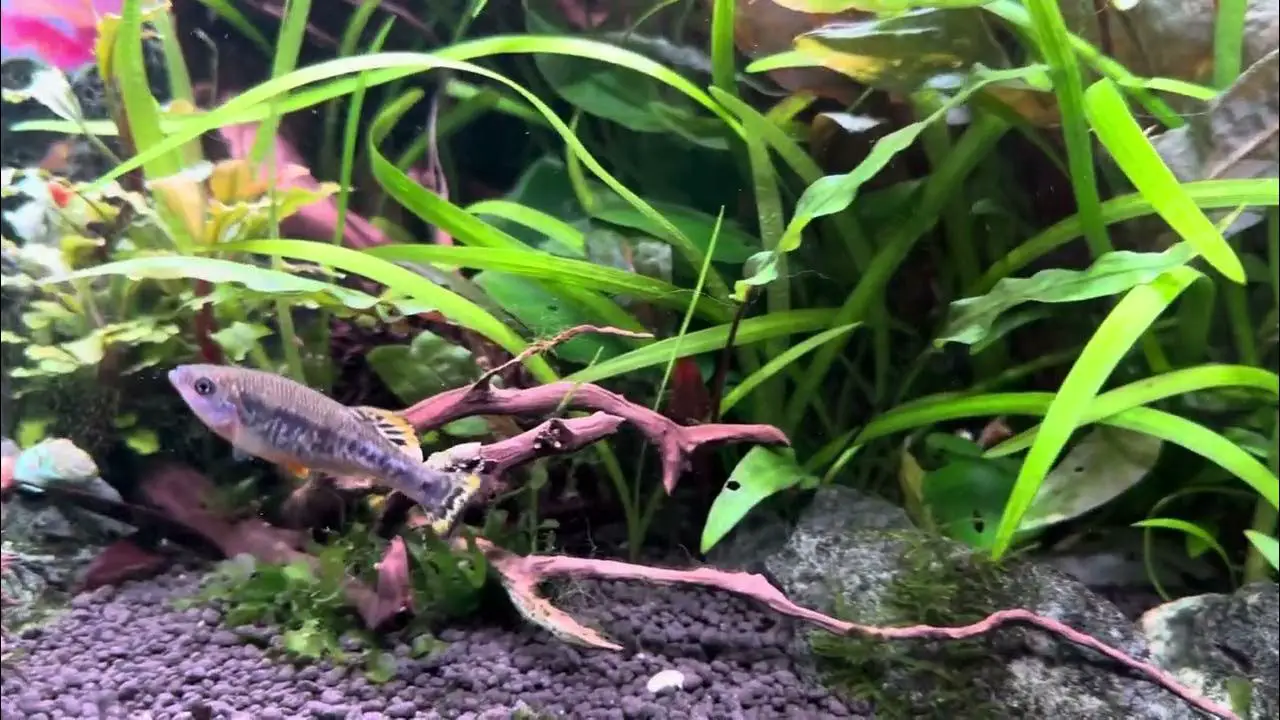
You can maintain Trout-Goodeids properly in an aquarium. They are a beautiful and popular fish species. Maintaining specific water conditions, such as keeping the temperature between 72°F to 78°F and pH levels between 7.0 to 8.5, is essential. Creating a planted aquarium with hiding places will help them feel comfortable and safe.
They require a varied diet of live or frozen food, including brine shrimp, daphnia, and bloodworms. Regular water changes and tank maintenance are essential for their well-being, so clean the filter regularly and replace the substrate every six months.
Ideal Water Conditions For Trout-Goodeid
Trout-Goodeids are fish that thrive in cool, oxygen-rich waters with a pH range between 7 and 8. They prefer environments with plenty of vegetation and rocks to hide in. To avoid causing undue stress to the fish, keep the water temperature below 22°C.
Maintaining consistent water quality is essential, which can be achieved through proper filtration and regular water changes. These measures can help ensure the health and well-being of these fascinating aquatic creatures.
How Can We Contribute To Trout-Goodeid Conservation?
Trout-Goodeids face endangerment, and we must conserve them. To contribute to their preservation, educate yourself about their habitat and conservation needs through reputable sources like the Goodeid Working Group. Avoid purchasing from illegal sources to prevent population decline.
Volunteer for conservation projects or participate in citizen science initiatives related to Trout-Goodeid conservation. These activities help conserve the fish and provide opportunities to learn more about them and their ecosystem.
Support organizations are working towards Trout-Goodeid conservation by donating time or funds. This supports critical research and conservation efforts to protect these fish from extinction. Every effort counts for Trout-Goodeids’ survival, and collective action is necessary.
How To Identify Trout-Goodeid In The Wild?
Trout-Goodeids are easily recognizable in their natural habitat due to their slender, torpedo-shaped body and sharply pointed snout. They usually have a silver or greenish-blue complexion with darker spots. Male Trout-Goodeids exhibit elongated anal and dorsal fins, while females have a more rounded anal fin.
These fish are predominantly found in freshwater streams and rivers in Mexico, where they thrive in cool water temperatures and fast-moving currents. Trout-Goodeids are popular for their adaptability to different environments and can survive in pristine and polluted waters. However, due to habitat destruction and overfishing, some species of Trout-Goodeids are now endangered or threatened with extinction.
Conclusion
The Trout Goodeid is a unique and rare livebearer fish that deserves our attention and care. Its beautiful physical characteristics, interesting reproductive behavior, and specific habitat requirements make it a fascinating species to study and maintain in aquariums.
However, it is important to remember that these fish are not easily found in the wild due to habitat loss and pollution. As responsible aquarium owners, contribute to the conservation of the Trout-Goodeid by creating suitable environments, promoting sustainable breeding practices, and spreading awareness about its conservation status.
Frequently Asked Questions
How Big Are Goodeid Fish?
The size of Goodeid fish can vary depending on the species. Most Goodeid fish are small, typically measuring 2 to 4 inches long. However, larger species can grow up to 8 inches long. Ensuring the right tank size and providing optimal water conditions are essential for keeping these fish healthy and happy.
What Is The Habitat Of The Ilyodon Furcidens?
The Ilyodon furkids are native to the Ameca River in Mexico, where they can be found in freshwater streams and rivers with rocky or gravelly substrate. It prefers water temperatures between 20°C to 25°C and slightly alkaline pH levels.
What Are The Benefits Of Eating Trout?
Trout offers numerous health benefits. It is a rich source of omega-3 fatty acids, which promote heart health. The high protein content supports muscle growth and repair. Trout also helps regulate blood pressure and strengthens the immune system.
How Can I Get More Protein In My Diet Without Eating Meat Or Fish?
There are several alternatives to meat and fish that can provide you with ample protein. Plant-based sources like beans, lentils, tofu, and quinoa are excellent options. Nuts, seeds, broccoli, and spinach also offer protein-rich choices.
Is There A Difference Between Wild-Caught And Farmed Trout?
Regarding trout, there is a difference between wild-caught and farmed varieties. Wild-caught trout tends to have a more distinct and richer flavor, while farmed trout is often larger in size and more widely available.

Aquarium passion is all about connecting with the aquatic life and providing education to the public on the importance of these creatures. We showcase a wide variety of marine life through our exhibits as well as working with schools to provide unique learning opportunities for students of all ages.

